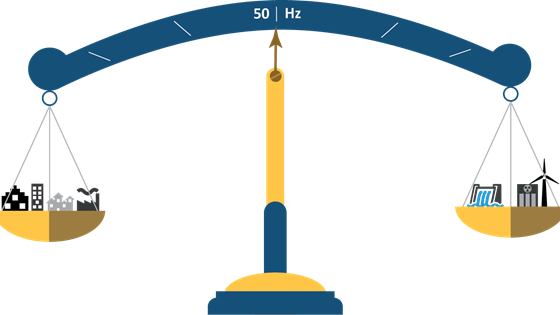Efficient hydropower production scheduling creates value
Efficient operation of systems that use natural energy resources, such as hydropower installations, is essential for value creation for both the power sector and other industries that benefit from a cost-effective and secure power supply.
Hydropower systems are complex, physical systems that are connected both geographically and in time. The production system for hydropower consists of cascaded river systems that cover large areas and reservoirs that can store water for several years. This means that there are many elements that need to be taken into consideration to ensure the efficient and sustainable operation of hydropower systems.
In addition, hydropower is traded in complex power markets that covers energy and various other products (balancing power and system services). The time resolution of these markets is also expected to increase in the near future. Hydropower operators therefore require tools that can support their decisions to ensure that they always get the most value from the water resources available in the reservoirs. We have designed our models to do just this.
Tools for hydropower production planning
SINTEF is developing a number of models to optimise hydropower production planning. These models range from market modelings, power system analyses and long-term scheduling (EMPS) to managing hydropower reservoirs over seasons and years (ProdRisk), and planning daily market participation and efficient operation (SHOP). Most Nordic hydropower producers take advantage of the entire hierarchy of models in order to ensure efficient operation of their installations.
The models cover different time horizons, geographical scope and level of detail, but are all part of the same framework, where results from long-term planning models are used as boundary conditions for models with shorter time horizons. The models are based on physical and technical descriptions of the production system, where more details are included as the hour of operation approaches. Local environmental restrictions are also included to ensure that the production plans respect the local eco-systems in and around the regulated rivers while still utilizing the water resources in the most efficient way.
If you are interested in learning more about the models, we recommend the following pages:
- The EMPS / EOPS models
- The ProdRisk model
- SHOP
We work with the following topics:
- Fundamental market modelling
- Seasonal scheduling
- Short-term scheduling
- Participation in multiple markets
- Environmental design
Our typical projects include:
- Developing research-based hydropower scheduling models
- Providing support for setting up scheduling tools and processes
- Analysing the value of participation in multiple markets
- Conducting investment analyses based on optimal operation
- Digitalising the scheudling process
Who do we do this for?
- Hydropower producers
- Power system operators
- Regulators
- Public sector agencies







